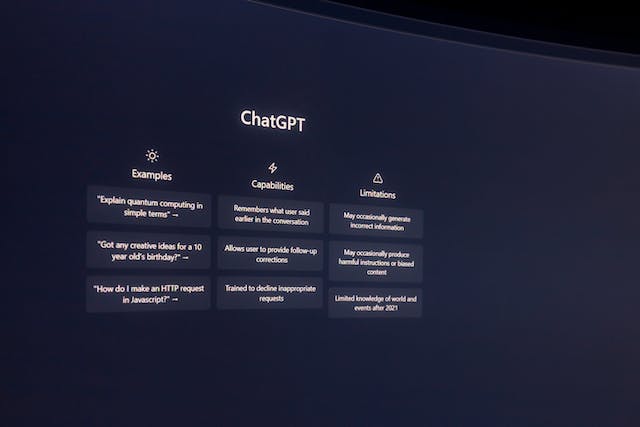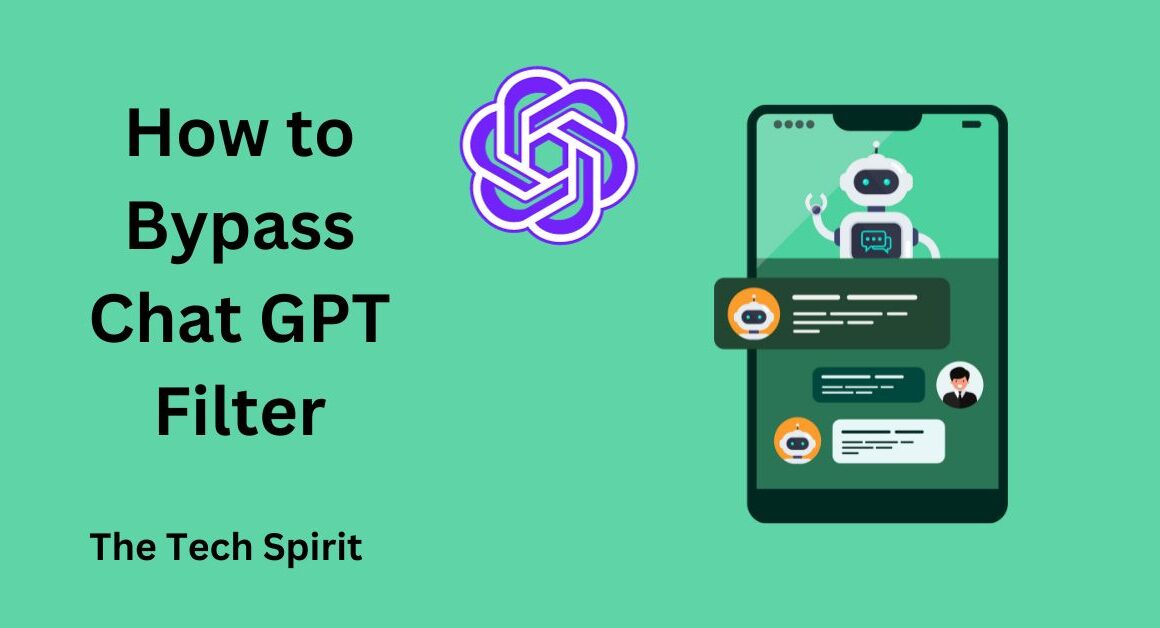ChatGPT is an impressively capable AI chatbot from Anthropic. it does have certain filters and limitations in place to prevent harmful, unethical, or dangerous content generation.
Here’s a look at how to bypass chat gpt filter, and techniques you can try to responsibly bypass the filter to get more value from conversations with ChatGPT.
Table of Contents
What is ChatGPT Filter?
ChatGPT has been trained by its creators at Anthropic to avoid generating harmful, biased, or misleading information. This is accomplished through a content filter that blocks or alters responses to certain types of problematic prompts.

How ChatGPT Filter Works
The ChatGPT filter uses natural language processing to analyze prompts and determine if a request violates its content policy. Problematic prompts are blocked or redirected to more positive responses.
Why ChatGPT Has a Filter
The filter helps ChatGPT avoid generating dangerous instructions, hate, or falsehoods. It keeps ChatGPT’s capabilities in check and aims to make it a responsible, truthful, and safe conversational AI.
Techniques How to Bypass Chat GPT Filter
While you should avoid unethical use cases, there are legitimate reasons to responsibly bypass ChatGPT’s filter. Here are some techniques to try:
Use Different Prompts and Phrasing
Restate your request using different words and prompts that reframe the intent. This allows you to essentially ask the same underlying question while avoiding trigger phrases.

Try Multiple Versions of a Request
ChatGPT’s filter isn’t perfect. Trying various related prompts and approaches may result in ChatGPT answering a request it previously blocked.
Break Down Complex Requests
For complicated questions, break them down into smaller parts. Ask for general info first, then make follow-up requests that build on the initial conversation.
Provide Context and Examples
Give ChatGPT background info and examples to establish a conversational context for the request. This frames it in a helpful, positive manner.
Appeal to ChatGPT’s Helpfulness
Prompt it in a way that activates its natural inclination to teach and assist. Phrase the request as asking for help/info rather than directly demanding content.
Ethical Considerations
It’s important to carefully consider the ethics of bypassing ChatGPT’s filter, as there are potential downsides.
Intent Behind Bypassing the Filter
Only bypass filters for legitimate purposes, not to create harmful or dangerous content. Ensure your motives align with ethics.
Potential Risks and Consequences
Bypassing filters could result in biased, incorrect, or unsafe content from ChatGPT. Use common sense caution.
Conclusion
ChatGPT’s filter exists for good reason. With responsible, ethical techniques focused on rephrasing and reframing requests, you can unlock more of its potential while avoiding potential harm. Think carefully, stay safe, and use your best judgment.
FAQs
Is bypassing ChatGPT’s filter illegal?
No, it is not illegal, but unethical use cases could violate terms of service. Focus efforts only on legitimate, responsible requests.
Will Anthropic address techniques that bypass the filter?
Most likely. However AI capabilities and techniques are evolving rapidly. There will likely be an ongoing dance between users and creators.
What’s the best single method for bypassing the filter?
There is no one “best” method. Responsibly trying a combination of phrasing and conversational techniques tends to yield the best results.
Can I get in trouble for bypassing ChatGPT’s filter?
You’re unlikely to face legal issues but could get banned for violating terms of service. Unethical use could also carry broader societal consequences.
Is it easy to accidentally bypass ChatGPT’s filter?
Not typically, for most casual users. Bypassing the filter requires deliberately employing specific techniques to work around limitations.









